The Best Diving and Snorkelling in the Maldives
Hannah Kent
Few places are quite so ripe for underwater discovery as the Indian Ocean.
Where whale sharks, manta rays, hammerheads, turtles and a whole host of exotic fish dart through some of the planet’s clearest waters, and the Maldives offers good diving and snorkelling conditions all year round.
Discover the joy of diving
It’s estimated that 60% of visitors to the Maldives participate in diving and as many as 80% go snorkelling; hardly surprising given good sea conditions year-round. Air and water temperatures top 27 degrees and visibility is from 15 to 40 metres. The best visibility is from December to April with generally excellent sea conditions. Short, sharp showers from May to August reduce visibility, as does plankton density in May but this attracts manta rays and whale sharks.
The coral reef is shallow and most of the dive sites are at a depth between 10 and 20 metres. Diving regulations are strict and the maximum depth for diving is 30 metres. The Maldives is also great for snorkelling. There are shallow coral gardens in front of many resorts, and tours take guests to the best spots, including chances to see Blacktip Reef Sharks.

A Professional Association of Diving Instructors (PADI) Discover Scuba Diving programme introduces participants under direct instructor supervision, perfect for those who have never tried diving before. From there graduate onto entry-level courses. PADI scuba courses consist of five dives spread over three days, and open water courses entail nine dives and take five days to complete. The theory sections can be completed online before leaving home via the PADI e-learning initiative, saving time whilst on holiday. The costs of Open Water diving courses are comparable to those in the UK, although prices vary and are generally commensurate with the star rating of the resort. Experienced divers might like to try advanced, rescue or divemaster courses or wreck diving, shark and ray diving, or diving with underwater propulsion vehicles.
Kuredu Island Resort & Spa is home to one of the largest and longest-running diving and snorkelling operations in the Maldives. The highly respected diving outfit, Prodivers, offers a full range of daily excursions and courses catering for beginners and experienced divers and snorkellers alike. They also have bases at Komandoo Island Resort & Spa and Lily Beach Resort & Spa. Constance Moofushi Maldives offers PADI courses to suit every level and 32 dive sites nearby are occupied by whale sharks, dolphins, sea eagles and mantas. More experienced divers might like to try night snorkelling at COMO Maalifushi, located near Whale Shark Point.
Meet the neighbours
From May to November Baa Atoll is the best place for mingling with manta rays. Addu Atoll attracts rays with a wingspan exceeding 5 metres and it’s possible to snorkel with them all year round. Elusive and endangered whale sharks are found year-round in the South Ari Atoll with numbers peaking from August to November. Sea turtles inhabit most parts of the Maldives, but the largest numbers are attracted to Lhaviyani Atoll’s underwater seagrass meadows. Hammerhead shark migrations occur between November and May when large schools of the predators visit North Ari Atoll; a scuba qualification and nerves of steel are required to get up close and personal.
The very best dive sites
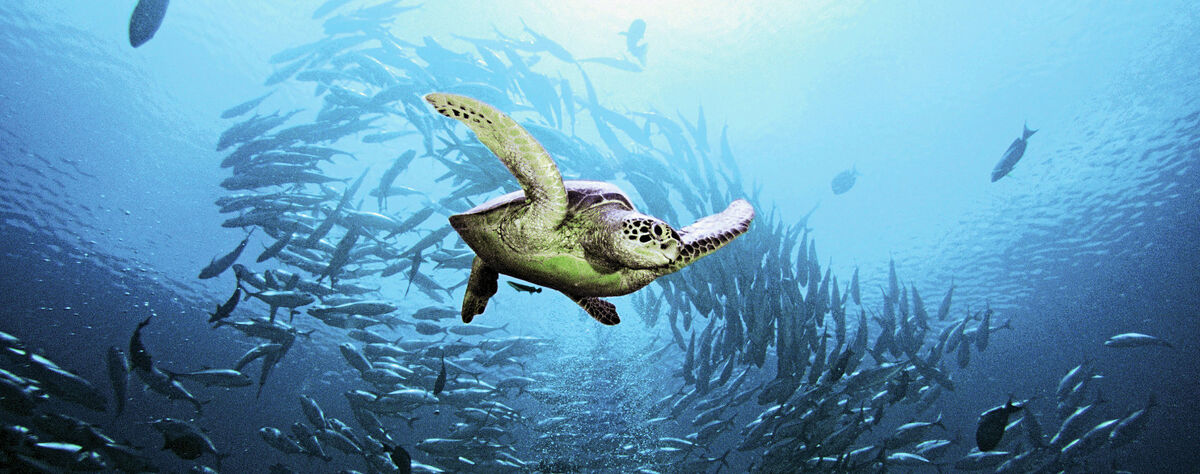
January to April
DhigalaHaa for shark spotting.
FenfushiGiri for stingrays, tuna and dolphins. ReethiThila for a huge diversity of fish life
Kuredu Express for fast-flowing currents and sharks. Shipyard for wrecks, healthy coral and reef fish.
Girifushi Thila for the rainbow reef.
Guraidhoo Corner for strong currents and diverse marine life. CocaoThila for sharks and tuna.
MaayaThila for caves, octopus eagle rays and sharks.
Machchafushi Wreck for superb underwater photography. MaamigiliReef for whale sharks.
British Loyalty Wreck for table and soft corals. Shark Hotel for exceptional shark encounters.
May to November
Diving Safety
Although wet suits are not necessary for snorkelling, short wet suits, or UV50 lycra Rash Vests can help avoid sunburn to the back, give a degree of protection from the coral and allow you to dive deeper than wearing a t-shirt. Make sure that you have suitable travel insurance and medical cover for diving. To avoid decompression sickness
Where to stay

Filitheyo Island Resort
Filitheyo Island Resort is one of the finest diving locations in the Maldives, the house reef is in fine health and the dive centre excellent.

Six Senses Laamu
Six Senses Laamu is the only resort to offer blackwater diving: a night dive which attracts extraordinary creatures via LED lights.

Baros Maldives
Marine adventures are guaranteed at Baros thanks to a special house reef, close location to Manta Point, and fluorescent night dives

The Barefoot Eco Hotel
A left-field choice might be the rustic The Barefoot Eco Hotel. The diving is gentle with the reefs all to yourself. Its traditional location means a short boat ride out to a floating bar for a beer.

Banyan Tree Vabbinfaru
Eco-conscious divers should head to Banyan Tree Vabbinfaru, where sharks, turtles, eagle rays and shipwrecks count among the treasures.

Vilamendhoo Resort Island & Spa
Vilamendhoo Resort Island & Spa is a long-standing favourite with serious divers, with its excellent house reef, caves, vibrant soft corals, mantas and night fluo dives.
 Algarve
Algarve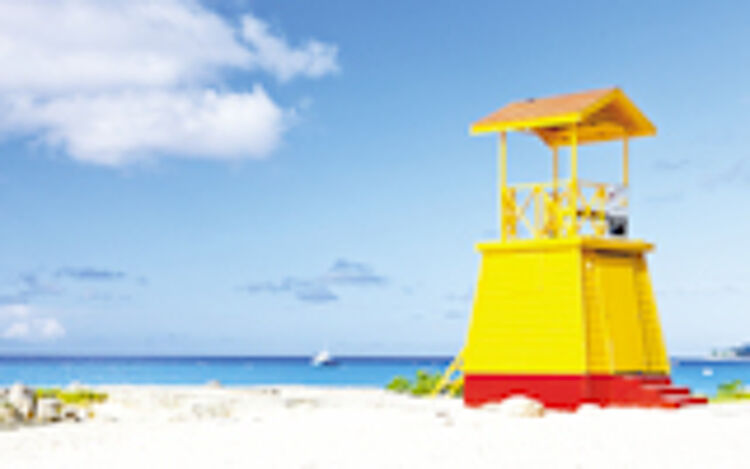 Barbados
Barbados Crete
Crete Croatia
Croatia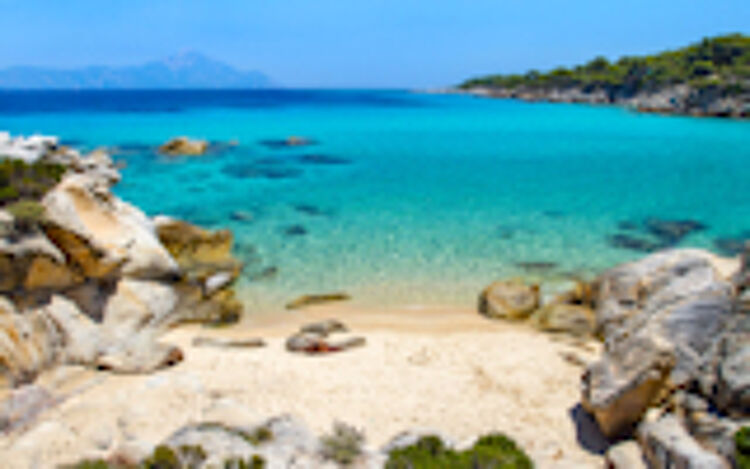 Halkidiki
Halkidiki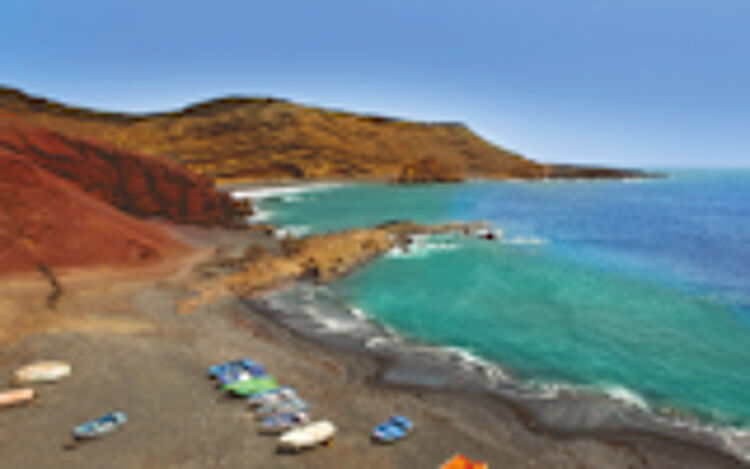 Lanzarote
Lanzarote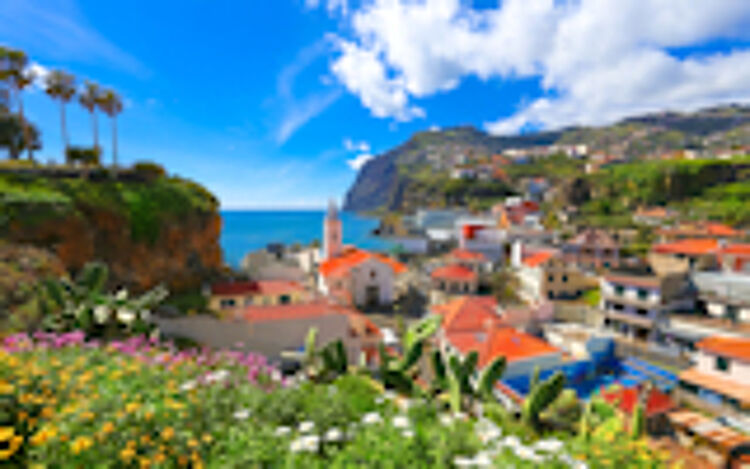 Madeira
Madeira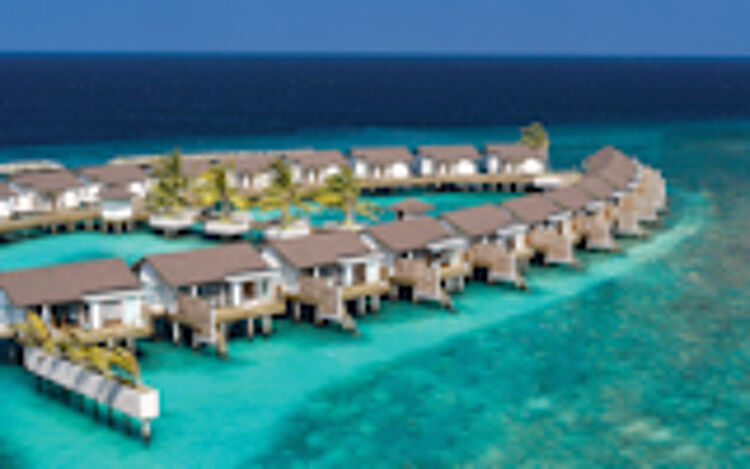 Maldives
Maldives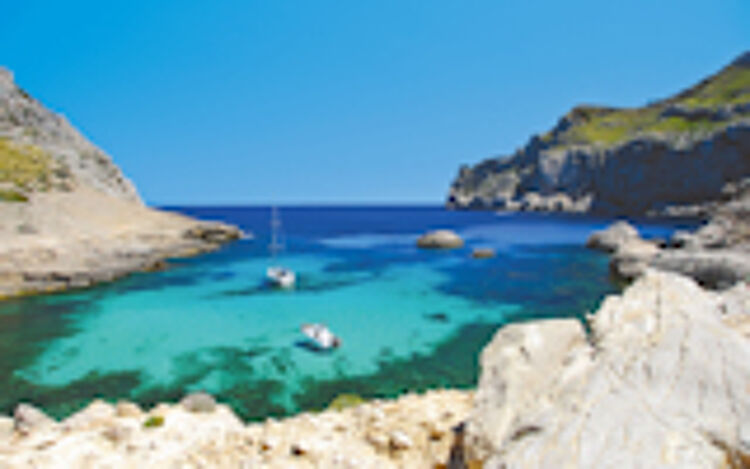 Mallorca
Mallorca Morocco
Morocco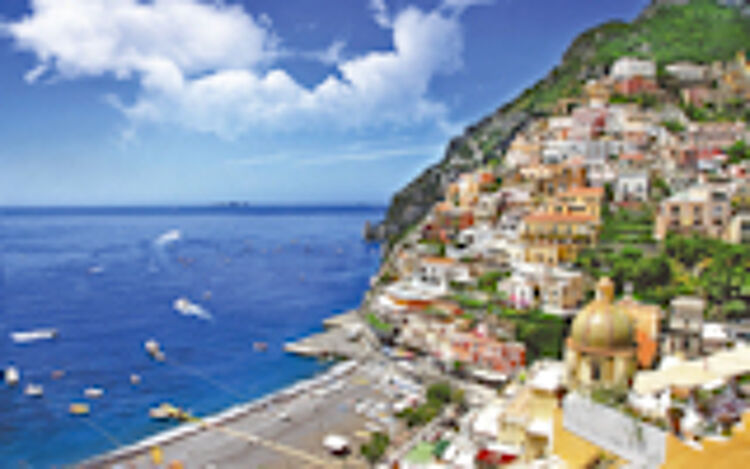 Sorrento & Amalfi Coast
Sorrento & Amalfi Coast Tenerife
Tenerife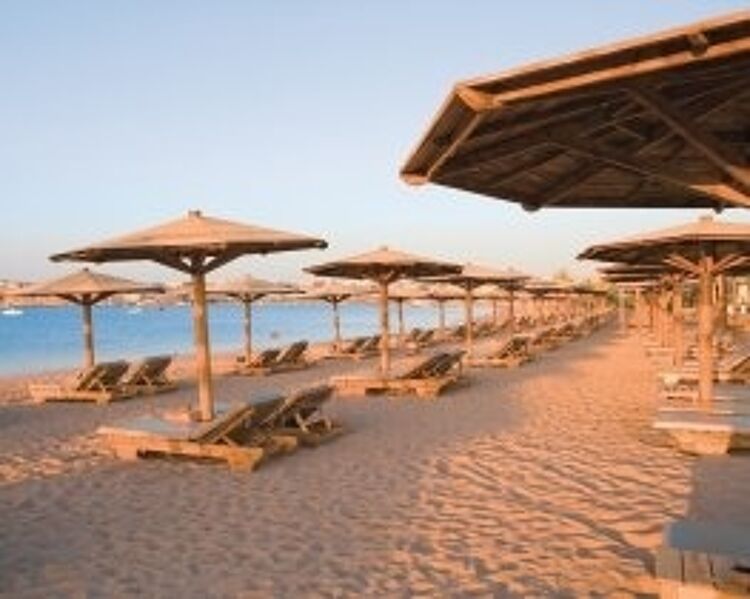 Egypt
Egypt Kenya
Kenya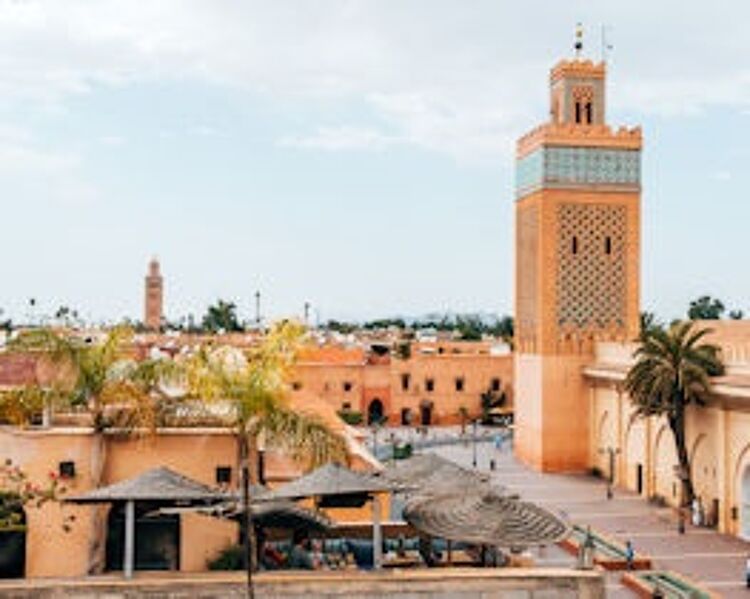 Morocco
Morocco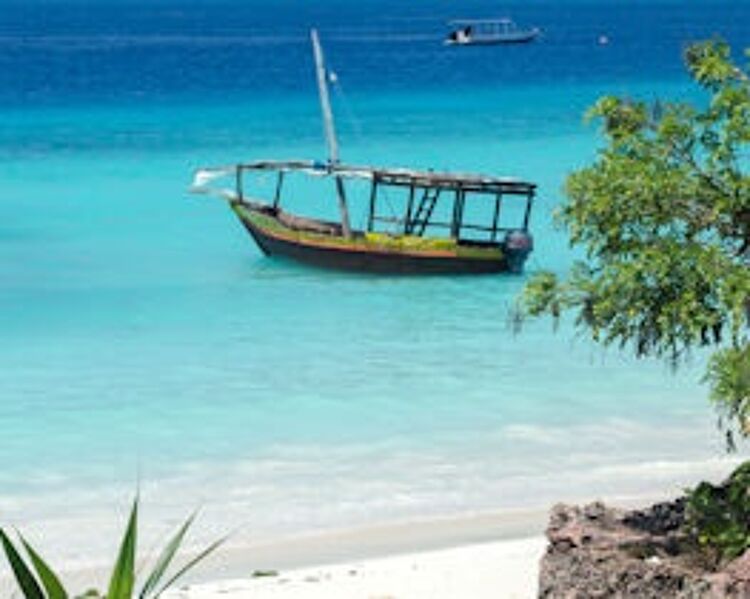 Tanzania
Tanzania South Africa
South Africa Antigua
Antigua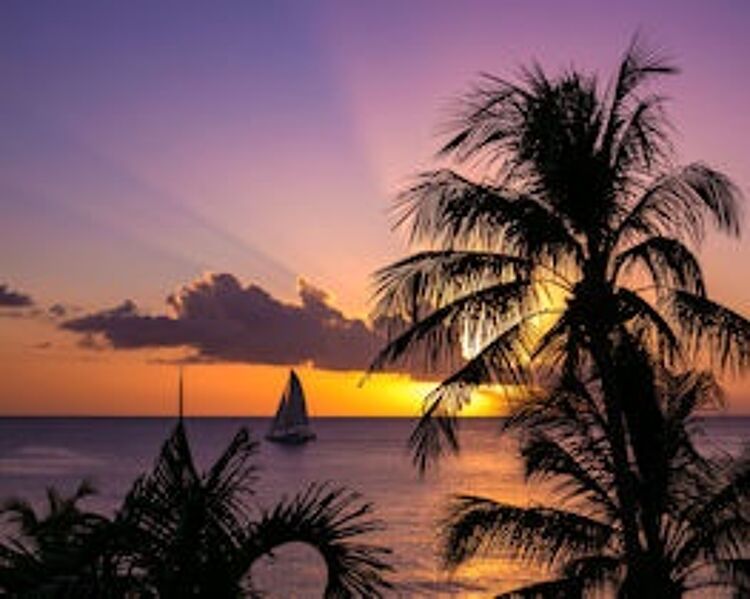 Barbados
Barbados Dominican Republic
Dominican Republic Grenada
Grenada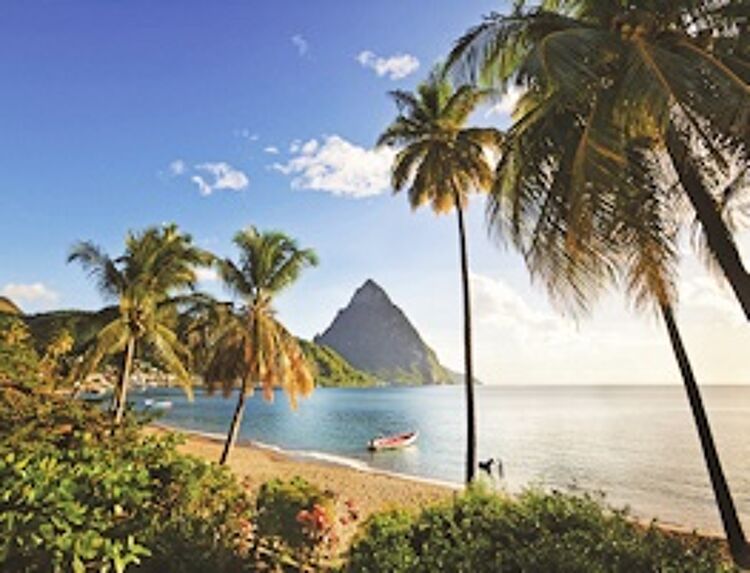 St Lucia
St Lucia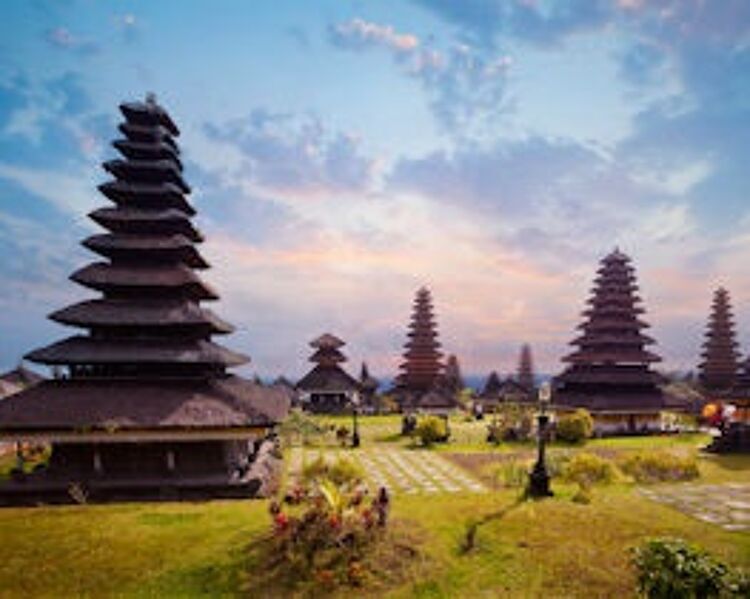 Indonesia
Indonesia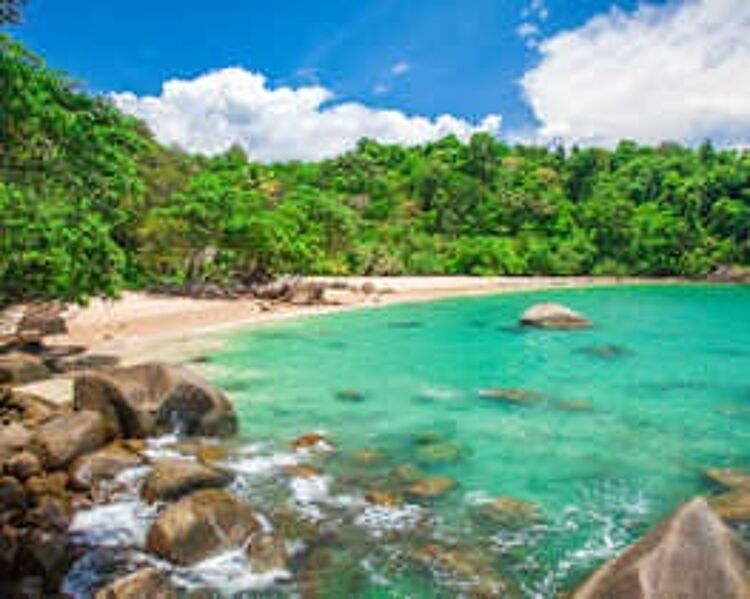 Thailand
Thailand Croatia
Croatia Cyprus
Cyprus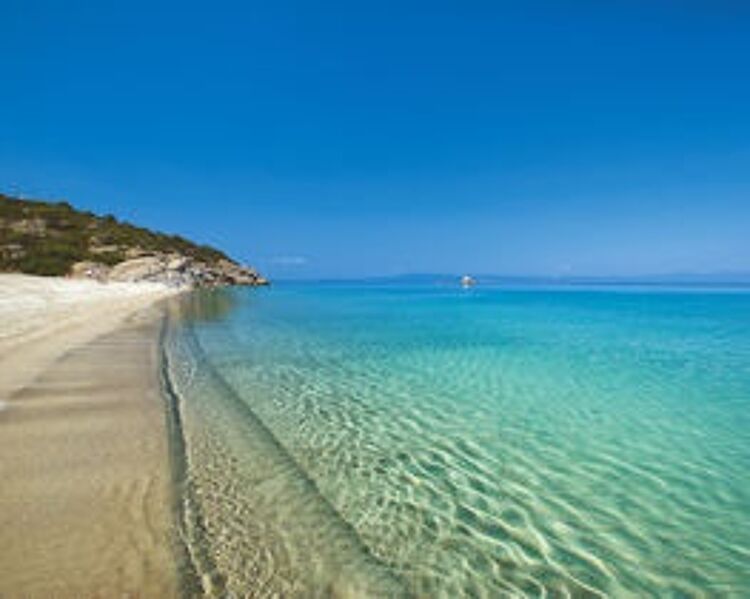 Greece
Greece Italy
Italy Malta
Malta Portugal
Portugal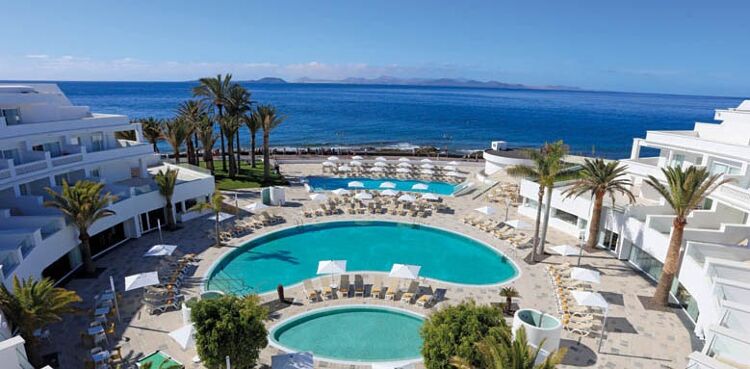 Spain
Spain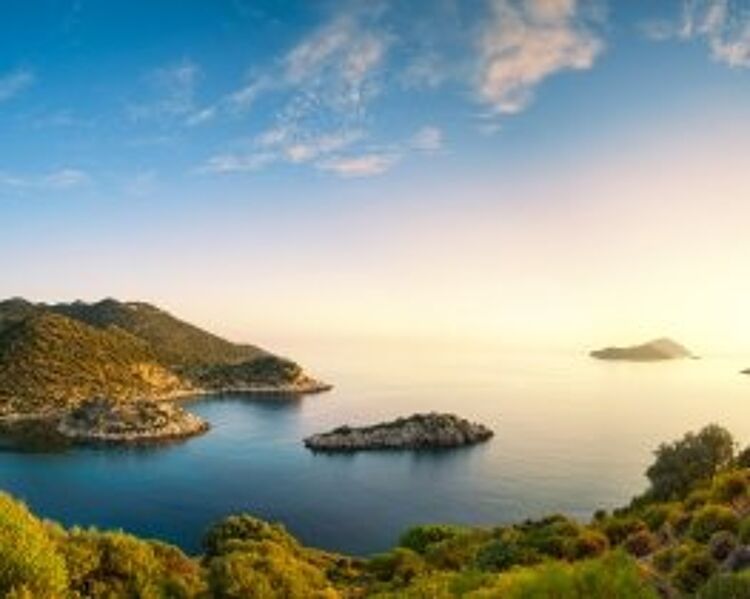 Turkey
Turkey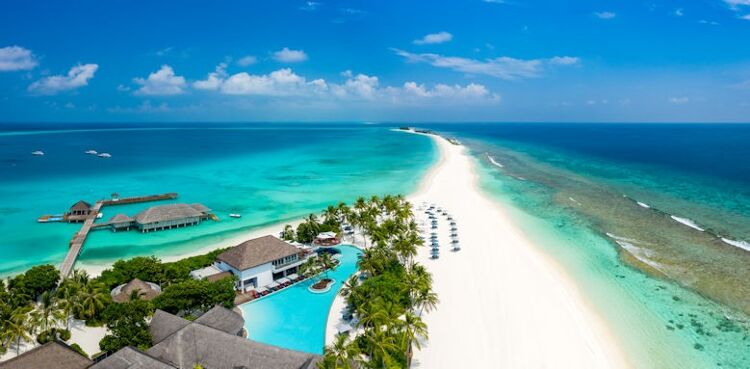 Maldives
Maldives Mauritius
Mauritius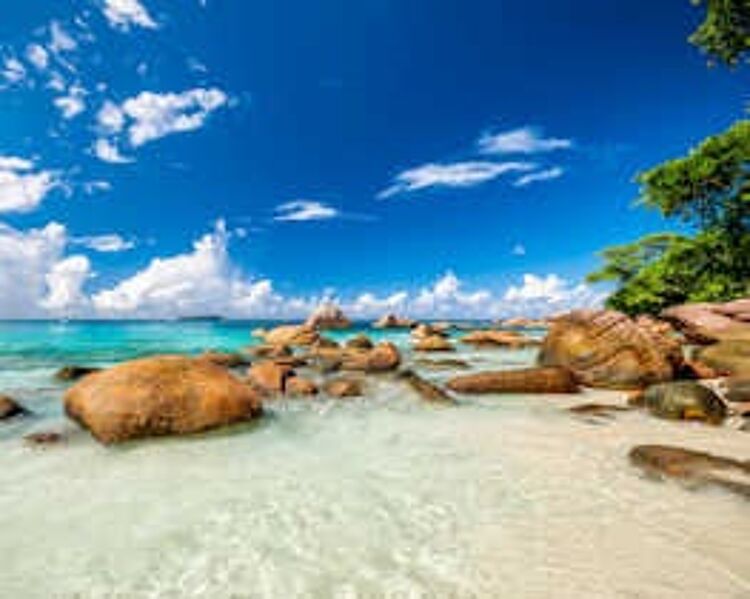 Seychelles
Seychelles Sri Lanka
Sri Lanka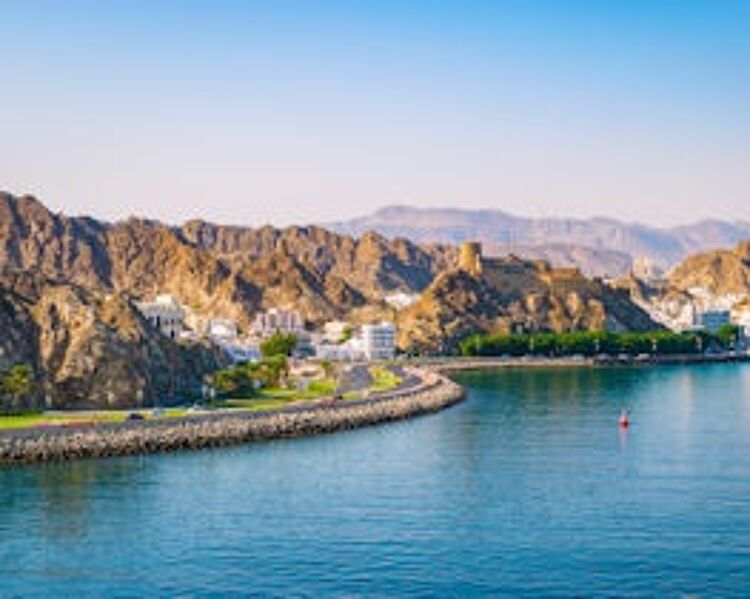 Oman
Oman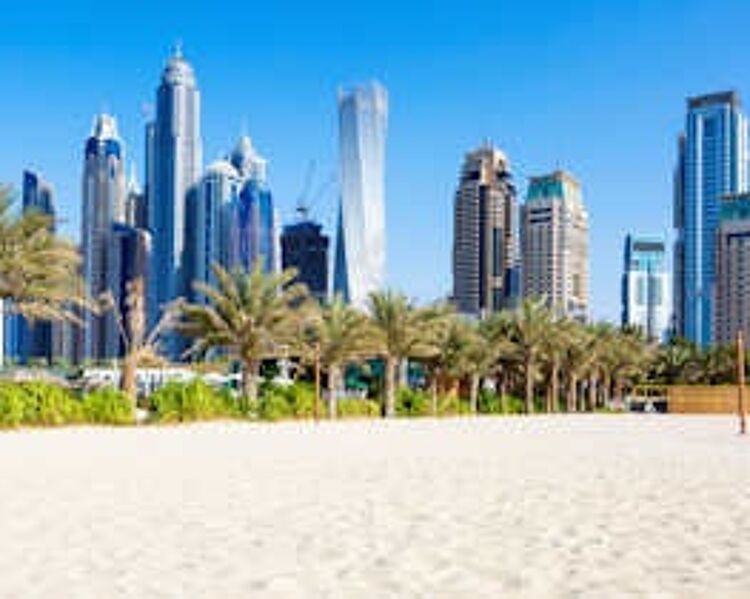 United Arab Emirates
United Arab Emirates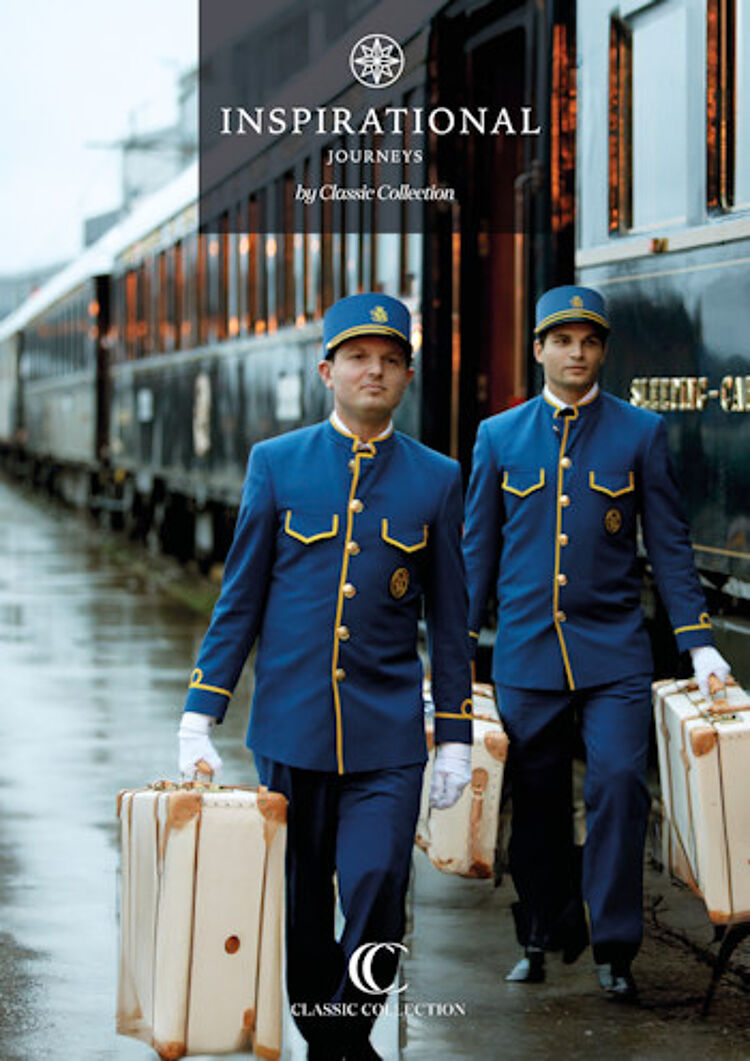
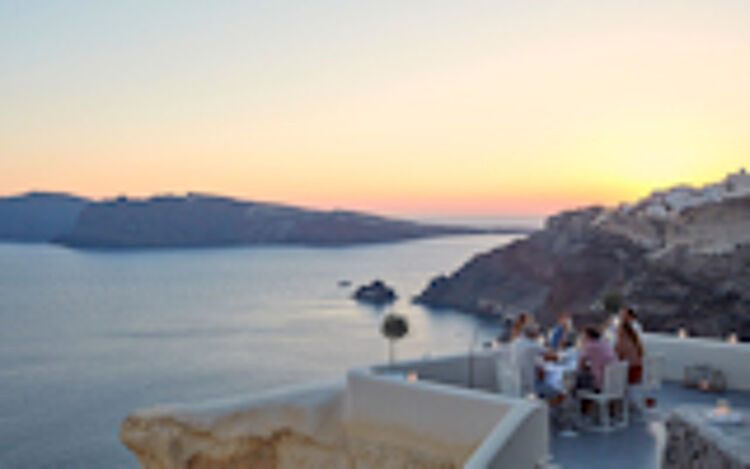 Adult Only Holidays
Adult Only Holidays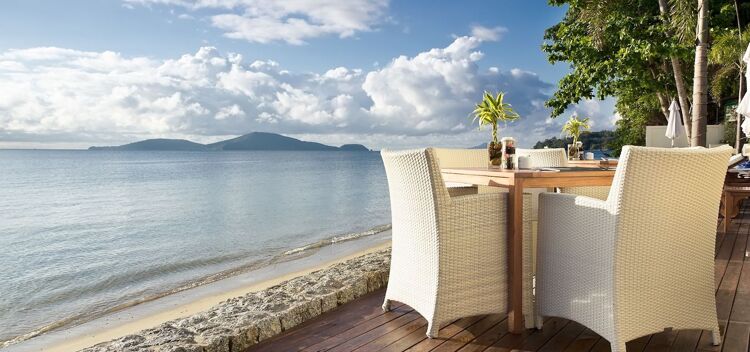 All Inclusive Holidays
All Inclusive Holidays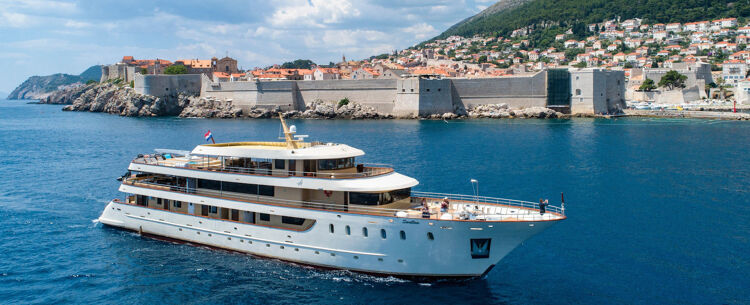 Boutique Cruises
Boutique Cruises Boutique Hotels
Boutique Hotels City Breaks
City Breaks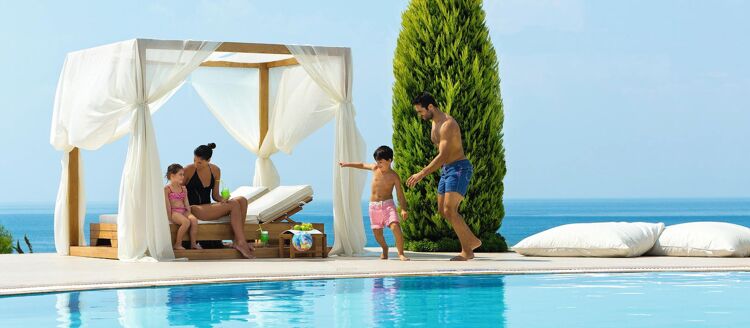 Family Holidays
Family Holidays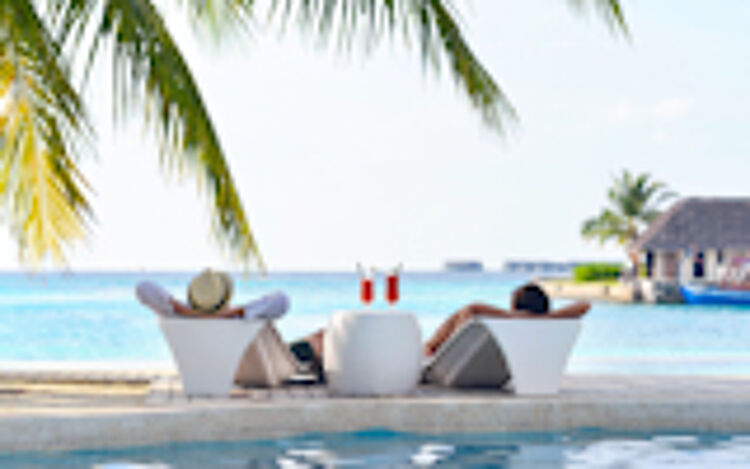 Honeymoon Holidays
Honeymoon Holidays Luxury Rail Holidays
Luxury Rail Holidays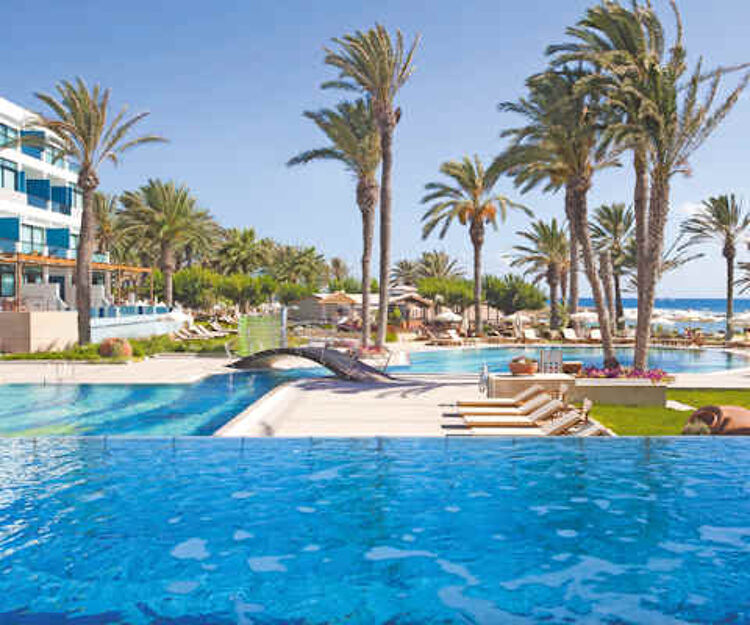 Multi Centre Holidays
Multi Centre Holidays Private & Escorted Tours
Private & Escorted Tours Spa & Wellness Holidays
Spa & Wellness Holidays Villa Holidays
Villa Holidays Golf Holidays
Golf Holidays Group Holidays
Group Holidays LGBTQ+ Luxury Holidays
LGBTQ+ Luxury Holidays Romantic Holidays
Romantic Holidays Greek Island Hopping
Greek Island Hopping Infinity Pools
Infinity Pools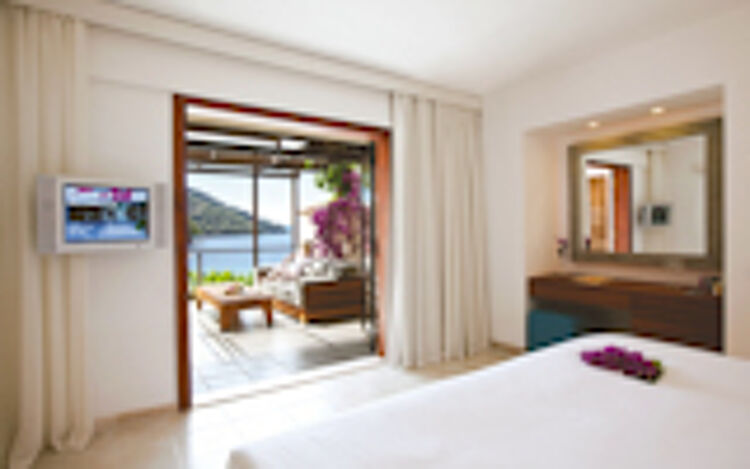 Interconnecting Rooms
Interconnecting Rooms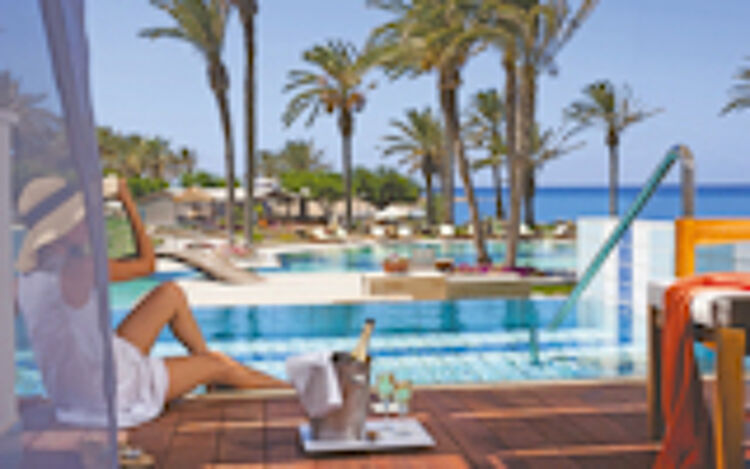 Private Pools
Private Pools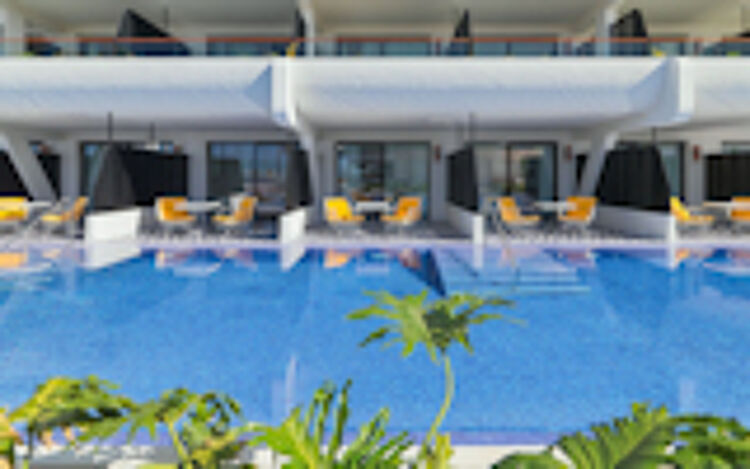 Swim Up Rooms
Swim Up Rooms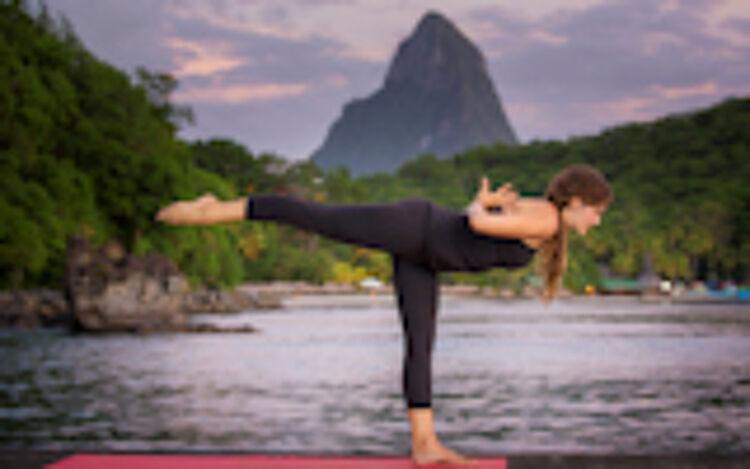 Yoga Classes
Yoga Classes Blue Flag Beaches
Blue Flag Beaches Butler Service
Butler Service Michelin Star Dining
Michelin Star Dining



